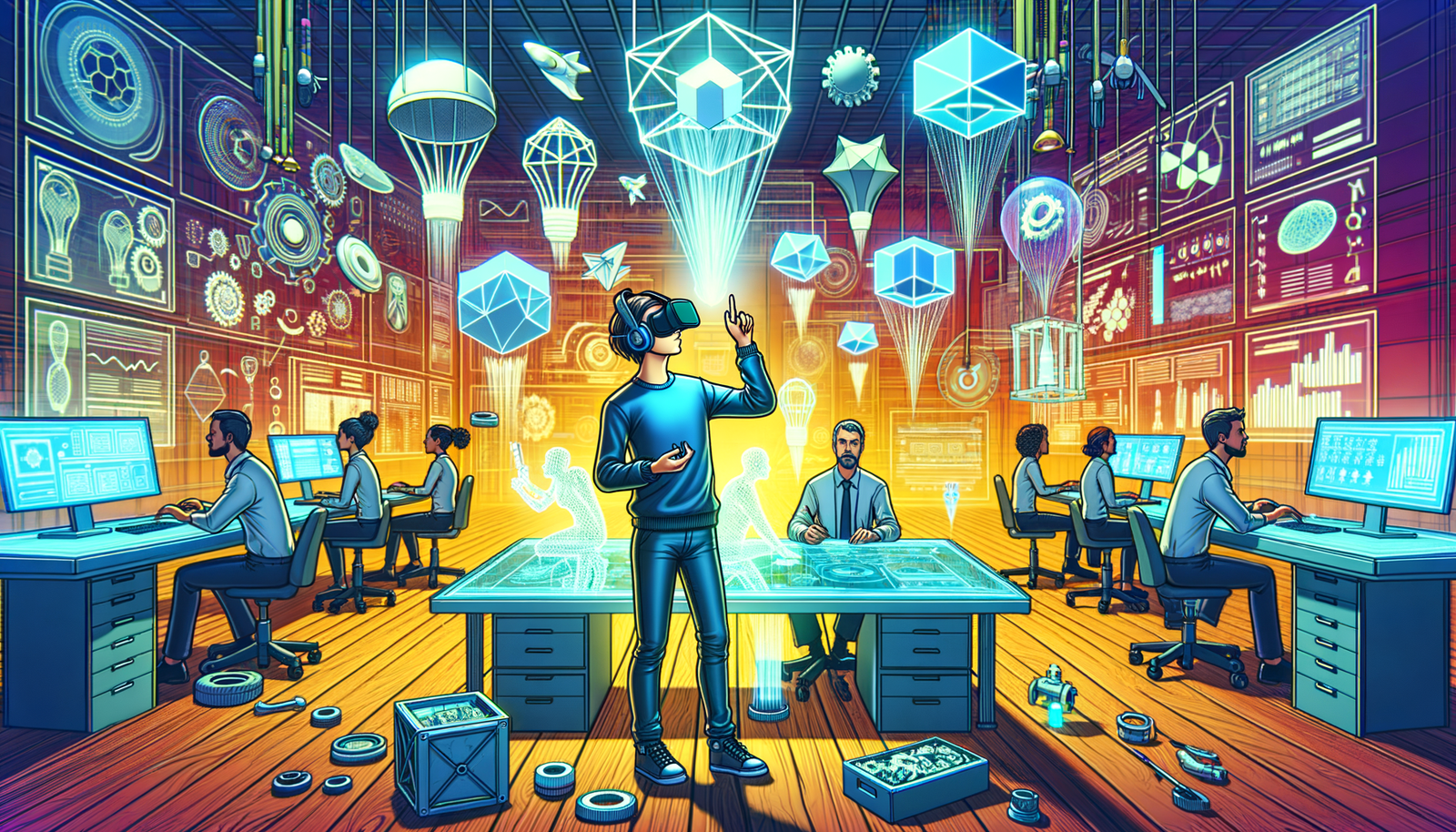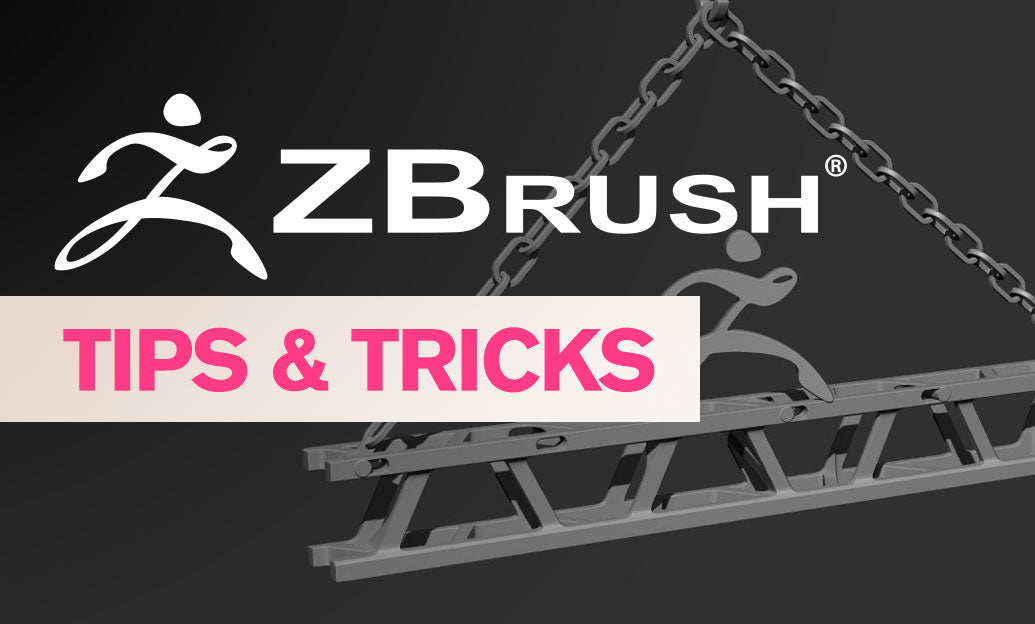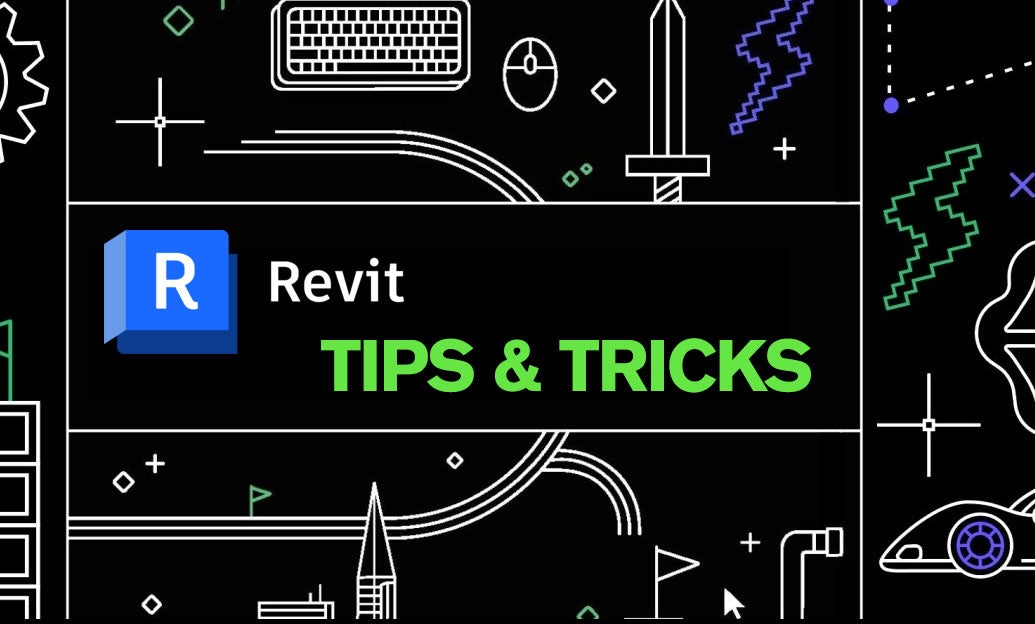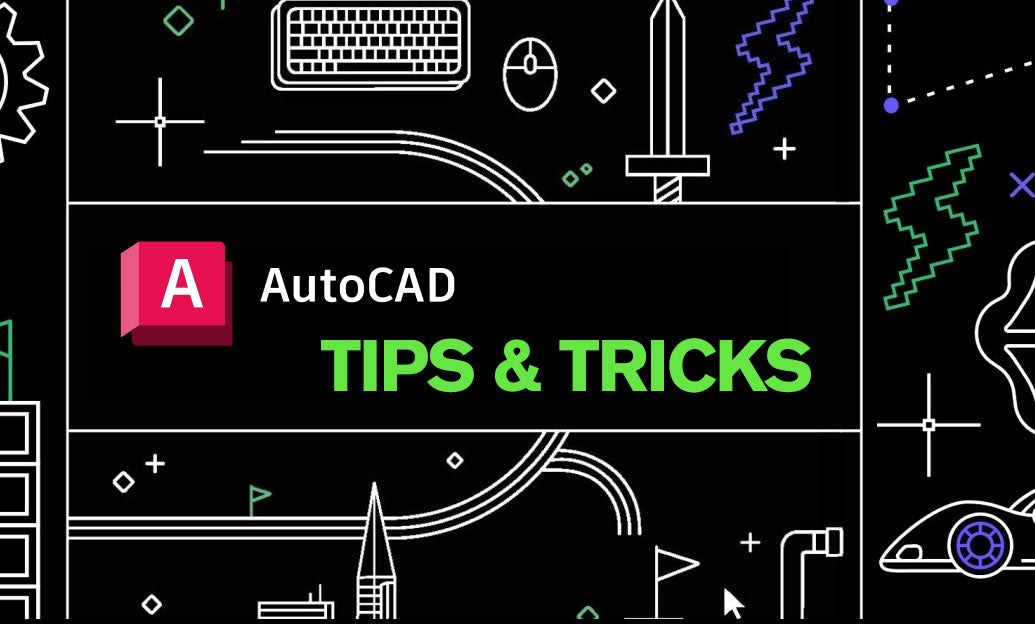Your Cart is Empty
Customer Testimonials
-
"Great customer service. The folks at Novedge were super helpful in navigating a somewhat complicated order including software upgrades and serial numbers in various stages of inactivity. They were friendly and helpful throughout the process.."
Ruben Ruckmark
"Quick & very helpful. We have been using Novedge for years and are very happy with their quick service when we need to make a purchase and excellent support resolving any issues."
Will Woodson
"Scott is the best. He reminds me about subscriptions dates, guides me in the correct direction for updates. He always responds promptly to me. He is literally the reason I continue to work with Novedge and will do so in the future."
Edward Mchugh
"Calvin Lok is “the man”. After my purchase of Sketchup 2021, he called me and provided step-by-step instructions to ease me through difficulties I was having with the setup of my new software."
Mike Borzage
Revolutionizing Product Development with Virtual Reality Prototyping
February 02, 2025 5 min read


Introduction to Virtual Reality Prototyping
Virtual Reality (VR) prototyping is revolutionizing the way designers and engineers approach product development. By creating immersive, three-dimensional models in a virtual space, professionals can interact with their designs as if they were real-world objects. This immersive experience allows for a deeper understanding of design elements, spatial relationships, and user interactions. Unlike traditional prototyping methods that rely on physical models or two-dimensional digital renderings, VR prototyping offers a dynamic and interactive environment where changes can be made in real-time. This not only enhances design precision but also fosters greater creativity by freeing designers from the constraints of physical materials and limitations.
The evolution of prototyping techniques has seen a significant shift from handcrafted physical models to digital simulations. Historically, designers would spend countless hours constructing physical prototypes, a process that was both time-consuming and resource-intensive. With the advent of computer-aided design (CAD) software, the process moved into the digital realm, allowing for quicker iterations and easier modifications. However, these digital models were often confined to flat screens, limiting the ability to fully grasp the spatial and functional aspects of a design. VR prototyping bridges this gap by offering an immersive environment where designers can not only see but also interact with their creations in a virtual space. This transition from physical to digital to immersive environments marks a significant milestone in the design industry, enabling a more efficient and effective prototyping process.
In modern design workflows, VR prototyping has become an essential tool for enhancing both the efficiency and quality of product development. It plays a critical role in improving design precision, enabling designers to detect and address potential issues early in the development process. By immersing themselves in a virtual environment, designers can experience their products from the user's perspective, leading to more intuitive and user-friendly designs. The increasing adoption of VR prototyping across various industries—such as automotive, architecture, and consumer electronics—highlights its versatility and effectiveness. Companies are leveraging VR to not only speed up their design cycles but also to innovate and push the boundaries of what's possible in product development.
Reducing Design Costs with Virtual Reality Prototyping
One of the most significant advantages of VR prototyping is the elimination of the need for physical prototypes. Traditional prototyping often requires substantial investments in materials, labor, and manufacturing processes to create tangible models. These costs can add up quickly, especially when multiple iterations are necessary to refine a design. By using VR prototyping, companies can create detailed virtual models without the associated material costs, resulting in substantial savings. Additionally, the reduction in manufacturing and assembly expenses allows organizations to allocate resources more efficiently, investing in innovation rather than production overheads.
Minimizing errors and revisions is another area where VR prototyping offers cost benefits. In a virtual environment, designers can identify and address design flaws early in the development process. This proactive approach reduces the likelihood of encountering costly issues during production or post-production stages. By detecting problems before they materialize in the physical world, companies can avoid the expenses associated with retooling, material waste, and delayed product launches. The ability to iterate quickly in VR also means that designs can be perfected in less time, further reducing the costs associated with extended development cycles.
VR prototyping streamlines the iterative process by enabling faster and more efficient design modifications. In traditional workflows, each iteration might require new physical prototypes or substantial changes to digital models, which can be time-consuming and expensive. With VR, alterations can be made on the fly, allowing for immediate feedback and rapid refinement of designs. This agility not only speeds up development but also reduces expenses associated with multiple design iterations. By shortening the time between concept and final product, companies can bring their products to market faster and at a lower cost.
Accelerating Development Time through Virtual Reality
Enhanced design visualization is a key factor in accelerating development time. VR prototyping provides immersive 3D models that offer a more realistic and comprehensive understanding of a design. This immersive experience allows stakeholders to grasp complex concepts quickly, facilitating quicker decision-making and approvals. When team members and clients can virtually walk around and interact with a product prototype, they can provide immediate and informed feedback. This level of engagement helps to avoid misunderstandings and ensures that everyone is aligned with the project goals, thereby reducing delays in the development process.
Real-time collaboration and feedback are greatly enhanced through VR prototyping. Remote teams can interact within the same virtual space, regardless of their physical locations. This connectivity allows for simultaneous input from designers, engineers, clients, and other stakeholders. Immediate incorporation of feedback into the designs means that issues can be addressed promptly, and consensus can be reached more quickly. The ability to collaborate in real-time eliminates the lag associated with traditional communication methods, such as emails or scheduled meetings, thus speeding up the overall development timeline.
Integration with other design tools is another way VR prototyping accelerates development. Seamless workflows between VR environments and CAD/CAM software ensure that updates made in one platform are reflected in others. This interoperability reduces the time spent on manual updates and data transfers. Automation of repetitive tasks, such as model adjustments or rendering, saves time and allows designers to focus on more critical aspects of the project. By streamlining the workflow and reducing bottlenecks, VR prototyping contributes to a more efficient development process.
Conclusion
In summary, virtual reality prototyping offers significant benefits in reducing design costs and accelerating development time. The elimination of physical prototypes leads to substantial cost savings in materials and manufacturing expenses. Minimizing errors and revisions through early detection in a virtual environment reduces costly post-production modifications. Streamlining the iterative process with rapid and easy modifications lowers expenses associated with multiple design iterations. Enhanced design visualization facilitates quicker decision-making and approvals, while real-time collaboration and feedback enable immediate incorporation of stakeholder input. Integration with other design tools and automation of repetitive tasks further contribute to time savings and efficiency.
Looking forward, emerging trends and advancements in VR technology promise even greater impacts on prototyping. Developments such as improved haptic feedback, more realistic simulations, and enhanced interoperability with other digital tools will make VR prototyping an even more powerful asset in the design process. As technology continues to evolve, we can expect wider adoption and integration of VR prototyping across diverse industries, from healthcare to aerospace. The potential for VR to transform not only product development but also the way teams collaborate and innovate is immense.
In final thoughts, designers and organizations are encouraged to embrace VR prototyping to stay competitive and drive innovation. The transformative impact of VR on the future of design and manufacturing cannot be overstated. By adopting VR prototyping, companies can reduce costs, accelerate development, and create better products that meet the needs of their customers. As we continue to explore the possibilities of virtual reality, its role in shaping the future of design will undoubtedly become even more significant.
Also in Design News

ZBrush Tip: Mastering Curve Frame Rail for Precision Rail Structures in ZBrush
February 03, 2025 2 min read
Read More
Revit Tip: Mastering Revit Worksets: Essential Tips for Enhanced Collaboration and Efficiency
February 03, 2025 2 min read
Read More
AutoCAD Tip: Maximizing Efficiency with AutoCAD's Section Plane Tool: Key Tips and Techniques
February 03, 2025 2 min read
Read MoreSubscribe
Sign up to get the latest on sales, new releases and more …


